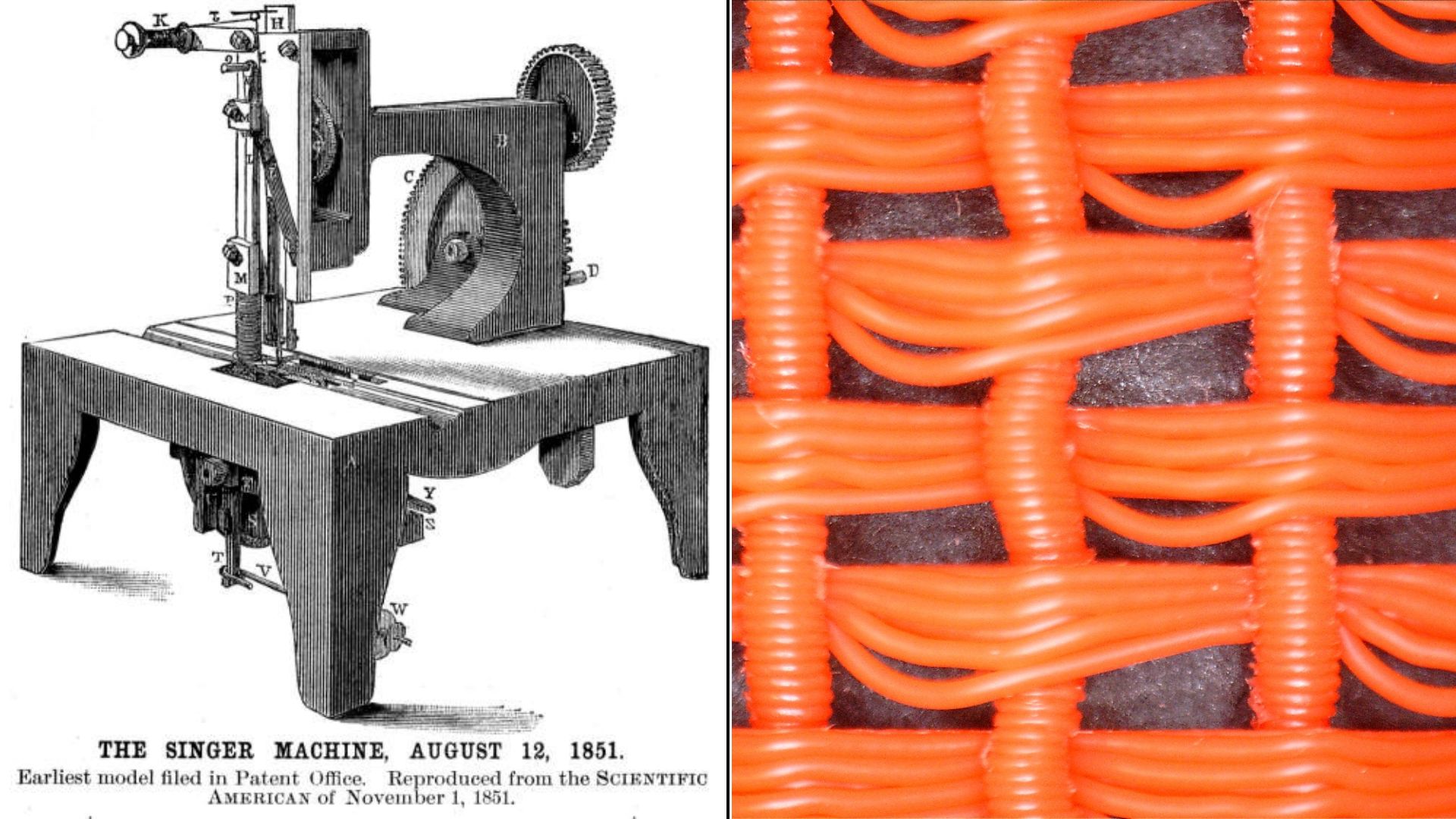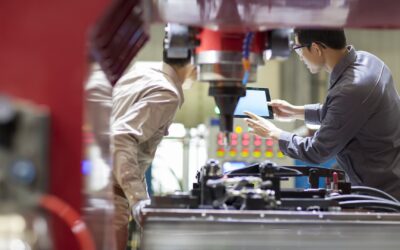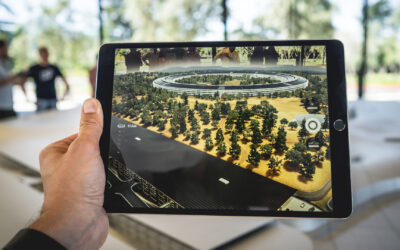THEN:
In August 1851, Isaac Merritt Singer patented his sewing machine design, which played a significant role in revolutionizing the textile and garment industry.
The advent of the Singer sewing machine marked a turning point in the manufacturing industry, particularly in textiles and garments. This revolutionary invention brought about a series of transformations that would shape the industrial landscape for generations to come.
By automating the once labor-intensive process of hand sewing, the machine drastically increased the efficiency and productivity of the textile and garment sector. This newfound speed allowed manufacturers to meet the growing demand for clothing and fabrics, making it a driving force behind the expansion of industrial production.
Beyond efficiency, the sewing machine introduced a standardization that had never been achieved before. The uniform stitching and consistent quality it produced were crucial for the transition from artisanal craftsmanship to mass production. This shift laid the foundation for modern manufacturing methods, where precise, repeatable processes are at the heart of efficient production lines.
The sewing machine’s influence extended throughout the supply chain. As production increased, so did the demand for textiles, threads, and other materials. This growth stimulated the textile industry, leading to a symbiotic relationship between sewing machine manufacturers and suppliers of raw materials.
NOW:
- Additive manufacturing techniques are applied to textiles, allowing for the creation of three-dimensional structures directly from digital designs. 3D knitting and weaving machines can produce seamless garments and complex structures with minimal waste.
- Nanomaterials can impart various functionalities to textiles, such as stain resistance, water repellency, and improved durability. These coatings are often invisible to the naked eye and can enhance the performance of fabrics.
- Computer vision and AI technologies are used to inspect fabrics for defects, ensuring consistent quality and reducing the need for manual inspection.
- Virtual reality (VR) and augmented reality (AR) technologies are used to visualize and test designs before actual production. This reduces the need for physical prototypes and accelerates the design process.
Sign up today for a free Essential Membership to Automation Alley to keep your finger on the pulse of digital transformation in Michigan and beyond.
Automation Alley is a World Economic Forum Advanced Manufacturing Hub (AMHUB) for North America and a nonprofit Industry 4.0 knowledge center with a global outlook and a regional focus. We facilitate public-private partnerships by connecting industry, education and government to fuel Michigan's economy.




